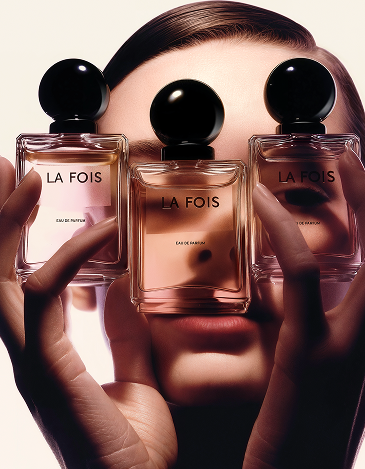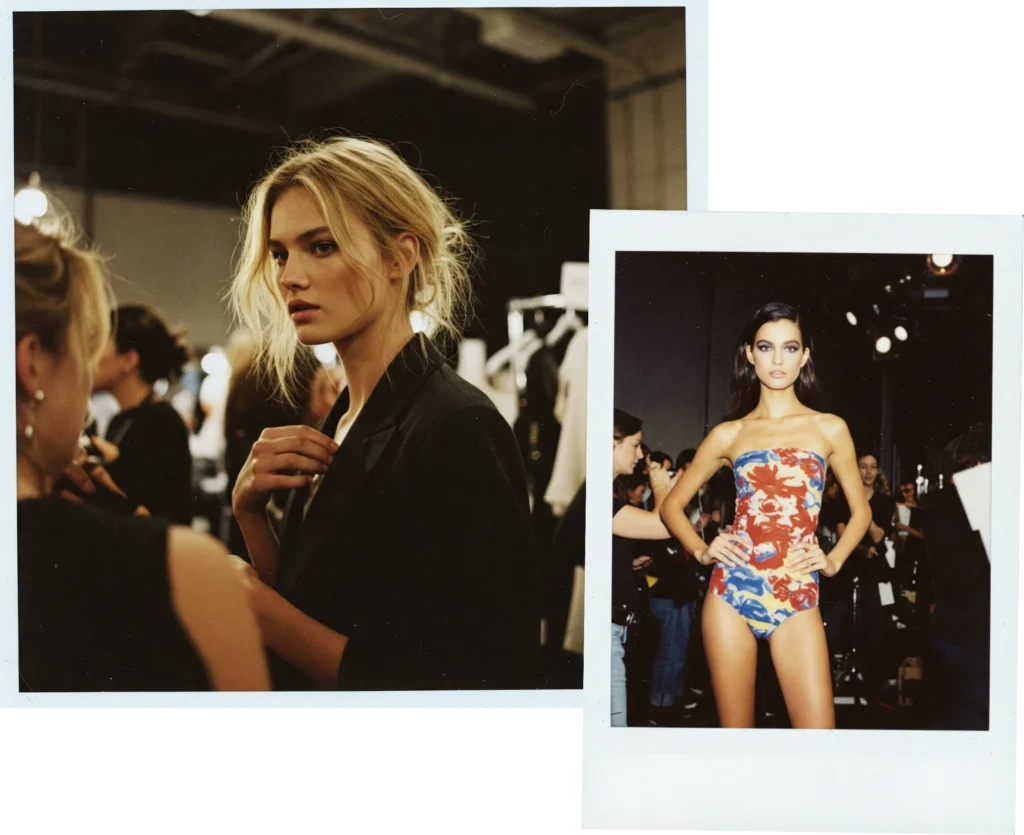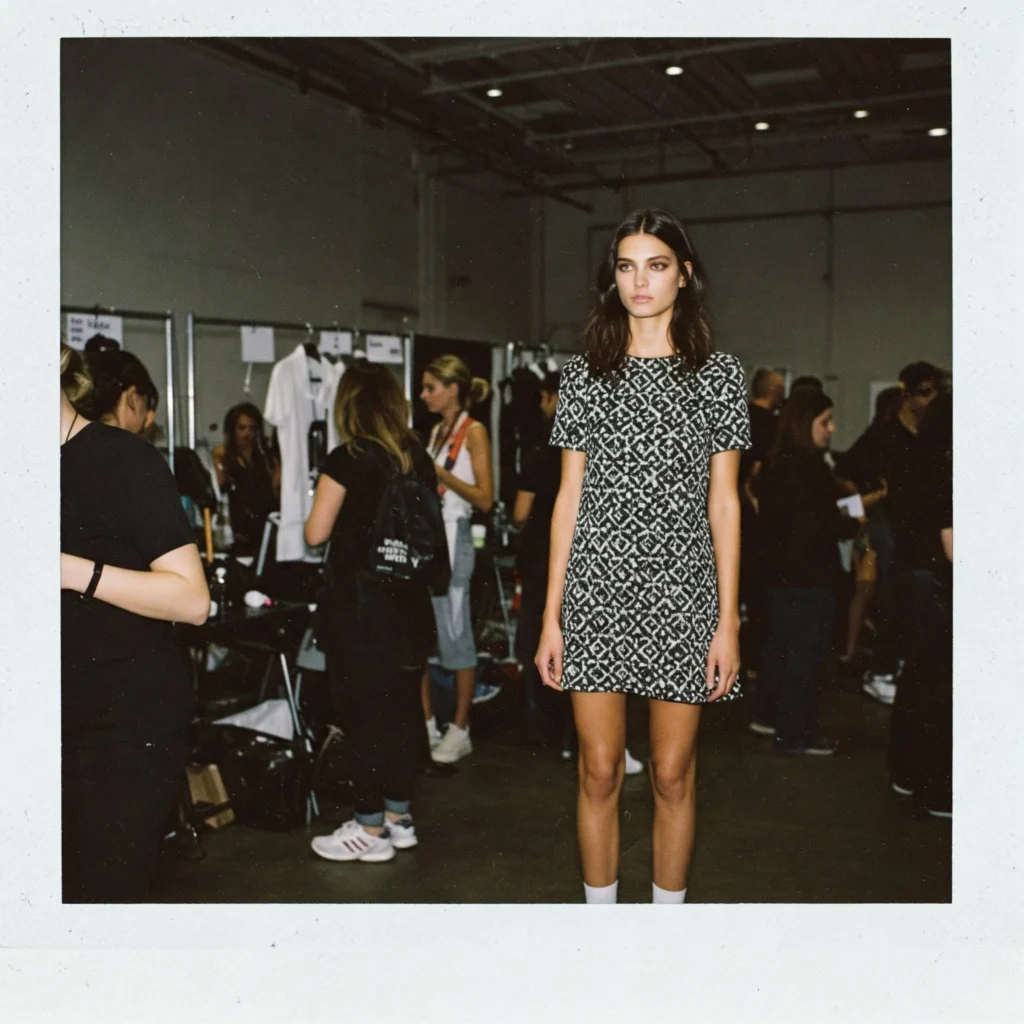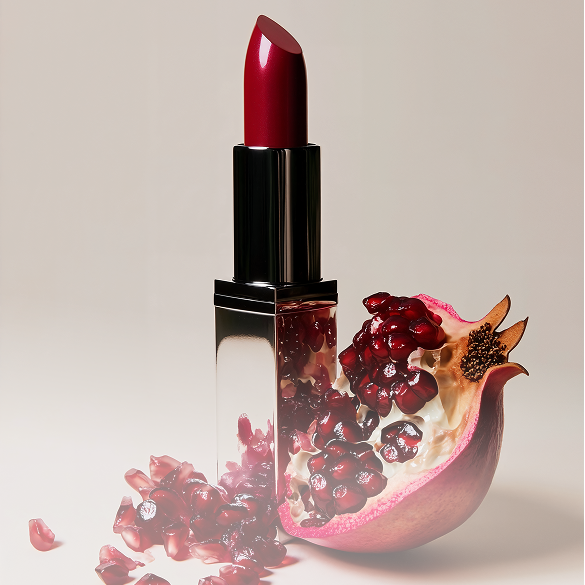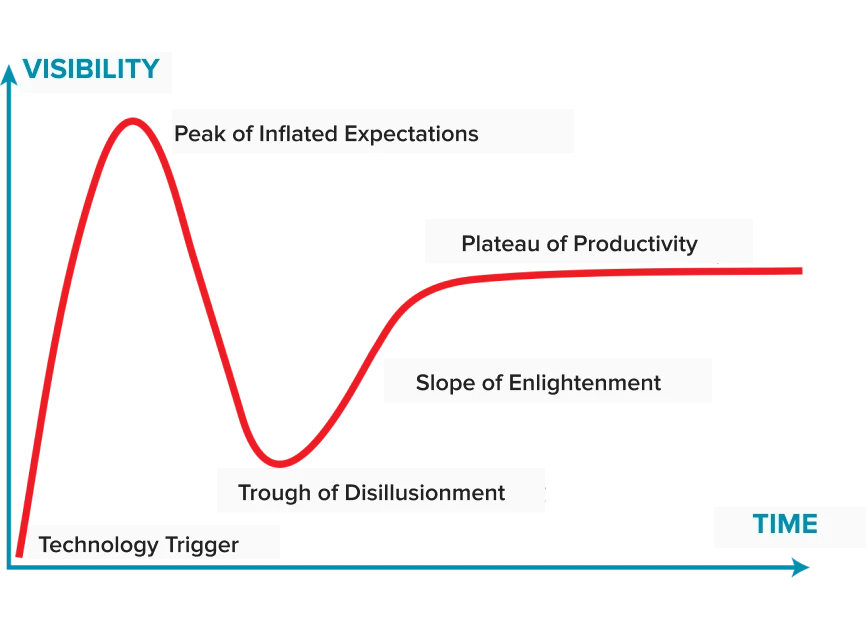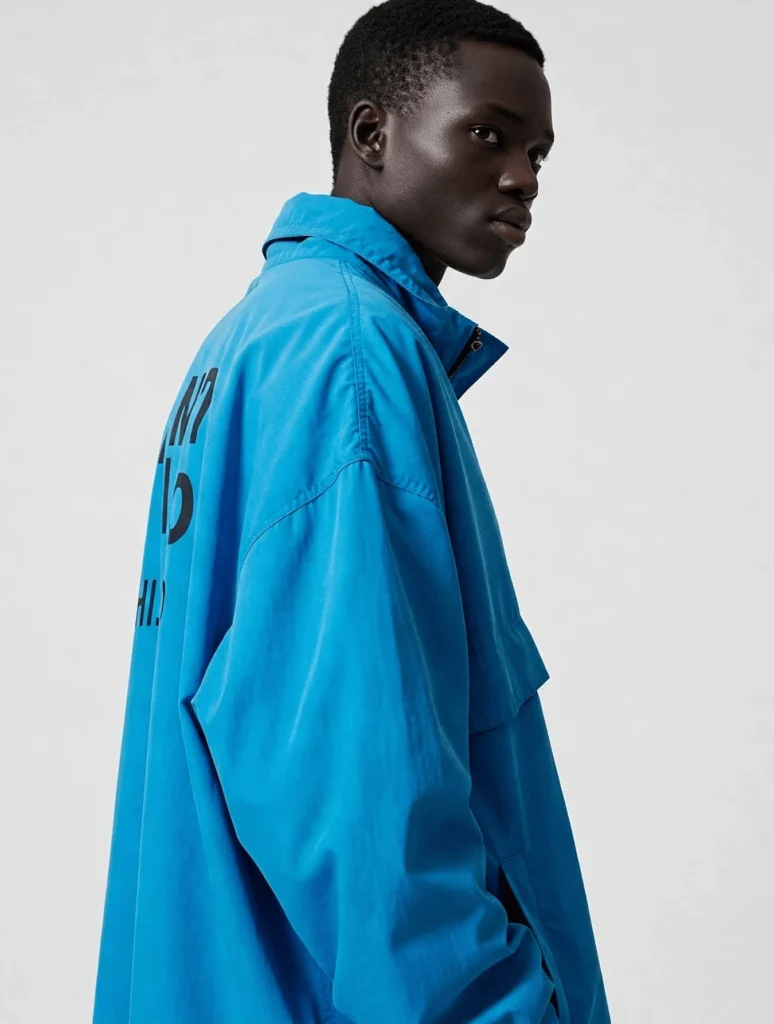At Industrial Color, we’ve spent years honing traditional e-commerce production workflows. With the recent launch of the company’s dedicated AI department, we are now applying that expertise to transform how brands create product content using AI, and the results are reshaping how we approach content creation.
Our new AI e-commerce department combines our proven production experience with AI tools, representing a fundamental shift in how brands can approach their visual strategy. The early adopters are already seeing the advantages as AI opens up creative possibilities, allowing teams to do more with less and do it more efficiently. When applied to e-commerce, this means meaningful cost savings, a wider range of premium content produced at scale, and accelerated production cycles.

where ai fits today
Every week, more brands ask us what they can do with AI. Currently, about 25% of our new e-commerce project requests involve AI, and the number is climbing steadily as the industry moves past curiosity into active testing.
As anyone in this space knows, e-commerce is all about consistency, cost efficiency, and volume. Teams are exploring how AI can be used for different parts of a traditional shot list – detail shots, ghost photography, detail on-model, model in environment – and the use cases gaining the most traction are those that save money while delivering more content. We’ve found that today’s AI capabilities can be effectively leveraged for over half of a traditional shot list, while some shots still benefit from traditional methods.
A few particularly approachable entry points for brands starting out are PDP to video, environment placement, and accessory try-on. These use cases are accessible because they enhance something that already exists, whether making a static image move, placing a figure in a different setting, or layering an accessory onto a model shot, as opposed to building something from scratch with AI. This approach gives brands an entry point to start utilizing AI and begin realizing the significant cost savings that come with the technology.
Let’s dig into these use cases a little more.
on-model still to video
AI has become super effective at transforming existing on-model product photography into motion content for your PDP pages and additional marketing placements. In this workflow, your current product shots become the foundation for video assets, bringing existing stills to life. With the ability to automatically create fresh video content, brands not only increase their ability to engage customers on product pages, but also gain assets to use across social, email, and other site placements.
The AI production process is straightfroward and starts with research to identify the right AI tools and sequence for your specific project. We follow up with creative alignment sessions and creating a client account in Globaledit, our AI workflow platform. During production, we ingest your PDP files, prep the images, and organize them for AI processing. The images are input into our AI tools along with specific prompts, and then the resulting video outputs are edited together to create a full effect. After sharing content for client review, we handle any revisions, resizing, upscaling, or reformatting needed before final approval and delivery.
Additionally, we are able to offer full-service production capabilities by shooting your samples on-site to create ghost, flat lay, or on model images that feed into the AI workflow. With our background in traditional production, Industrial Color is uniquely equipped to support brands at any stage as they enter AI e-commerce production, and can tailor end-to-end production workflows that leverage AI wherever applicable.


Editorial Environment Placement
Another way to get more out of your existing PDP shots is to use AI to create new environments and then place existing model shots in an editorial setting. This capability gives brands the ability to tell a story by showcasing products in lifestyle contexts or an elevated environment without the significant costs and timelines of location shoots. These assets can be both still or video, and like still to video AI content, we’ve seen brands utilize them across a variety of platforms, from e-commerce PDP pages to external marketing channels.
The process is very similar to the one outlined above, but begins with creative alignment and environment building to establish your brand’s aesthetic direction. From there we ingest your existing PDP images and create editorial views using a sequence of AI tools. These outputs can be transformed into videos of various lengths and in multiple environments at once. After client review, we handle all post production and upscaling needed to perfect the final assets and produce all formats needed for different placements.
accessory Try-On
AI can be especially useful for brand accessories, expanding the volume of content produced with minimal additional cost and production time. Using AI, we can generate realistic try-on images for accessories like sunglasses, jewelry, bags, and watches. We can work with virtual models, real model likenesses, or digital twins depending on your brand’s comfort level and aesthetic requirements.
The process begins with collecting your accessory assets and finalizing outfits while organizing product information. We have found the best outcomes come when we have the physical product on hand to train with. We curate models to match your product aesthetic, then storyboard the collection and define product-model pairings and poses. During AI production, we run virtual try-on rounds, generate and refine prompts for realism and editorial tone, then create hero views and alternate angles. Post-production involves retouching to clean up lighting, skin, fabric, and realism details, followed by final quality control across all views to ensure product accuracy and aesthetic consistency.


These entry points are just the beginning. Our AI team is developing workflows for flat lay to PDP conversion, social content development, and comprehensive product-to-video pipelines. We can take a product from flat lay photography to editorial video using just two source images to train the model. What makes this work isn’t just the technology, it’s applying years of production expertise to understand what clients actually need and how to deliver it consistently at scale.
A New Production Model
To produce AI ecommerce content effectively and achieve consistent results, the teams and tools that drive the process inevitably change.
An AI production team operates fundamentally differently from traditional shoots. The workflow resembles specialized post-production more than traditional photography. Our teams typically consist of 5-10 specialized producers processing content in focused batches. They oversee assets moving through AI tools systematically, inputting source content, prompts, and references, monitoring outputs, refining early iterations to train models for consistent output, coordinating QC and content reviews, and handling post-production refinement. The process becomes methodical, repeatable, and scalable without being contingent upon external or physical logistics.
The other non-negotiable component of any AI workflow is a robust content management infrastructure. AI production teams need a platform that can host all the content iterations produced by generative tools, maintain prompt, reference, and style metadata, support the post-production and review lifecycle, and facilitate smooth sharing with distribution platforms – whether it be to your website, internal libraries, or outside teams. Without an infrastructure backbone, AI production becomes chaotic and often counterproductive.
We use Globaledit as our central platform because it handles the complexity of AI workflows and scales as we grow. The platform supports our complete end-to-end workflow, beginning with reference and source content ingestion. It integrates directly with different generative tools at each stage, allowing content to pass seamlessly between our central library and transformation rounds. The platform then supports traditional post-production and distribution stages. Globaledit’s ability to keep everything organized, versioned, and accessible throughout the entire process is critical to our effectiveness and efficiency.
how to start
For e-commerce teams considering AI, determining where to start can be the biggest step. My advice is to start small and learn. My team and I regularly partner with brands to identify the right use cases for their specific needs and goals. Our hands-on experience with the technology, combined with our knowledge of what succeeds in different situations, helps us guide teams that are just getting started. The reality is that technology will continue evolving, supply chains will become more streamlined, and consumer behavior will keep shifting. Starting now means you’ll be ready.



